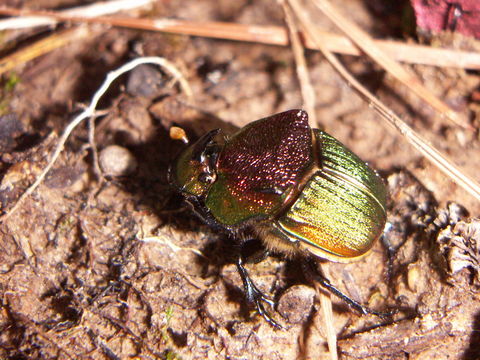Classification
Kingdom Animalia:
Kingdom Animalia falls under the
major clade Opisthokonta, where other kingdoms fall under as
well, such as fungi, and choanoflagellates. Some of
the characteristics that classify animals as animals are that
their cells are eukaryotic, meaning their cells consist of
organelles and a nucleus. They are heterotrophs as well,
seeing that they rely on other organisms for food. Lastly,
they also vary from other lineages in the fact that they are
multicellular as well. One synapomorphy that both animals
and choanoflagellates share is that they have posterior
flagellum. This is one feature that shows how they are
relatively closely related (Campbell 2008). To take a look at another
organism that falls under kingdom Animalia,
click here!
Phylum Arthropoda: The animals that fall under the phyla
Arthropoda have several characteristics that put them there.
Arthropods have an exterior skeleton made of chitin, along with
segmented bodies that have bilateral symmetry. These
organisms have jointed appendages which are actually how they
received their name. One other big feature that is unique
to the phylum Arthropoda, is that they have an open circulatory
system as opposed to closed circulatory systems as us humans
have (Campbell 2008).
Class Insecta: Insecta is just one of the many classes that fall
under the phylum Arthropoda, and a class that most are familiar
with. Some of the features that go along with being an
insect are their three separate body parts, their pair of
antennae, and often times their set of wings. However, not
all insects just have one set of wings, and not all insects have
wings themselves either. One other feature that makes
an insect an insect is the fact that they have pairs of legs (Campbell 2008). To take a look at another organism that falls under
the Insecta class,
click here!
Order Coleoptera: The order Coleoptera is where beetles separate from the rest of their Insecta relatives. This includes ground beetles, dung beetles, and many more. One feature of the Coleopteran order is their mouth; their mouths are of the biting sort (Crowson 1956).
Family Scarabaeidae: The Scarabaeidae family includes
those beetles that are most known as dung beetles. For
dung beetles, the dung that they seek not only serves as a source of
food, but also contributes or plays a role in many other aspects of
their lives. Much of how these beetles reproduce, and where
they live, is determined by the dung that they pursue. This
family includes numerous different genus and species of beetles that
are found all around the world, occupying several different kinds of habitats.
One other feature that the family Scarabaeidae has is lamellate
antennae, which have a fan like appearance (Choate 1999).
Genus Phanaeus: The Genus
Phanaeus of dung beetles can be found
in numerous habitats from southern Argentina, to southern and
central United States. One of the activities that Phanaeus
is well
known for is their great and efficient digging; which is important
due to the fact that they spend an incredible amount of
time in their tunnels. Beetles in this
genus have very bright and
beautiful colors, which can actually serve a variety of
applications. Their
color is also used to describe numerous different species. The horn size
of these beetles is also a characteristic used to describe these
beetles (Price & May 2009).
Species Phanaeus vindex: This name is used
to describe the great amount of time spent in the
tunnels that they dig. Many species within the genus
Phanaeus are classified according to their tunneling
activity. This species of dung beetle live in numerous places
of the United States and in Mexico as well (Price & May 2009).
For more on classifying this organism,
click here!

Feeling lost? Click here to go back Home! If not, continue on to Habitat!
To see where we got our information, go to the References page!